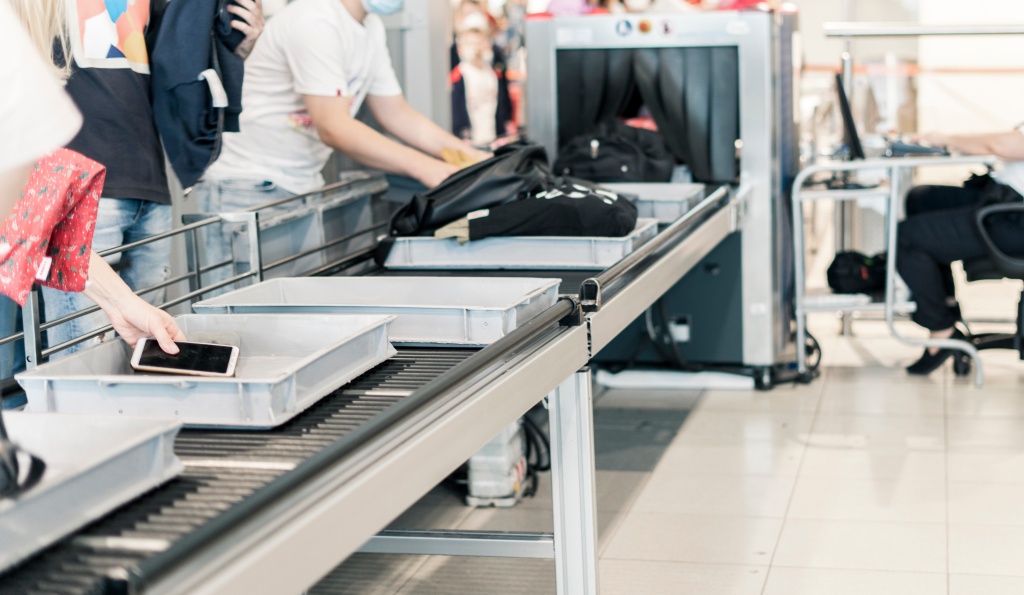
Airlines routinely advise passengers to arrive at least 60 minutes before their flights if they’re not checking luggage and 90 minutes if they are. Not all that time is burned getting through a Transportation Security Administration security checkpoint, but according to agency spokespersons, somewhere around 30 minutes of it is. However, passengers already prescreened through TSA’s Pre✓® program can make it through in 10 minutes. Fortuitously, TSA aims to reduce security wait times to 10 minutes for everyone by using a variety of screening improvements, including biometrics.
Over the last half-decade, the use of biometrics for identity verification – such as facial and thumbprint recognition — has been growing among larger private sector companies. TSA itself has been experimenting with it since 2015. At present, TSA also allows passengers to notify a TSA officer if they don’t wish to participate at one of its checkpoints, at which point they’re screened through normal processes. Experts say biometrics holds great promise when it comes to speeding travelers through airport security.
There are two major types of biometric security screening protocols. The first is checking a traveler’s fingerprints, something that most people are no doubt familiar with. For example, an airline passenger can use her thumbprint as both a boarding pass and an approved form of identification. The technology currently used by TSA matches the fingerprints offered by passengers at its checkpoints to the prints they gave to the agency when they enrolled in its Pre✓® approved traveler program.
The government security agency also tested fingerprint recognition in 2017 at Atlanta’s as well as Denver’s international airports. The operational and security improvements in using passengers’ fingerprints are still being evaluated, but word is such recognition technology can speed a traveler through security screening at a good pace.
The second form of biometric security screening involves facial recognition technology, and TSA is currently evaluating its ability to automate the identity and boarding pass verification process. Facial recognition is what it says: a way to recognize a traveler through the biometric markers specific to his facial features, and only his. Once a traveler scans her boarding pass and passport, the facial recognition system takes a photo of her face and verifies that the name on both the boarding pass and passport matches.
TSA first tested facial recognition technology at Los Angeles International Airport (LAX) in February 2018. The agency also conducted another testing in collaboration with U.S. Customs and Border Protection at New York’s John F. Kennedy International Airport (JFK) in late October of 2018. TSA also went back to Atlanta’s Hartsfield-Jackson International Airport (ATL) that same month to test facial recognition there as well. In all cases, if TSA can’t match a passenger’s face to the photo stored in its system, a TSA officer will use standard document checking procedures.
The aim of both fingerprint and facial recognition systems is to automate the passenger verification process as much as possible. In that regard, TSA holds out great hope for its widespread implementation soon.

